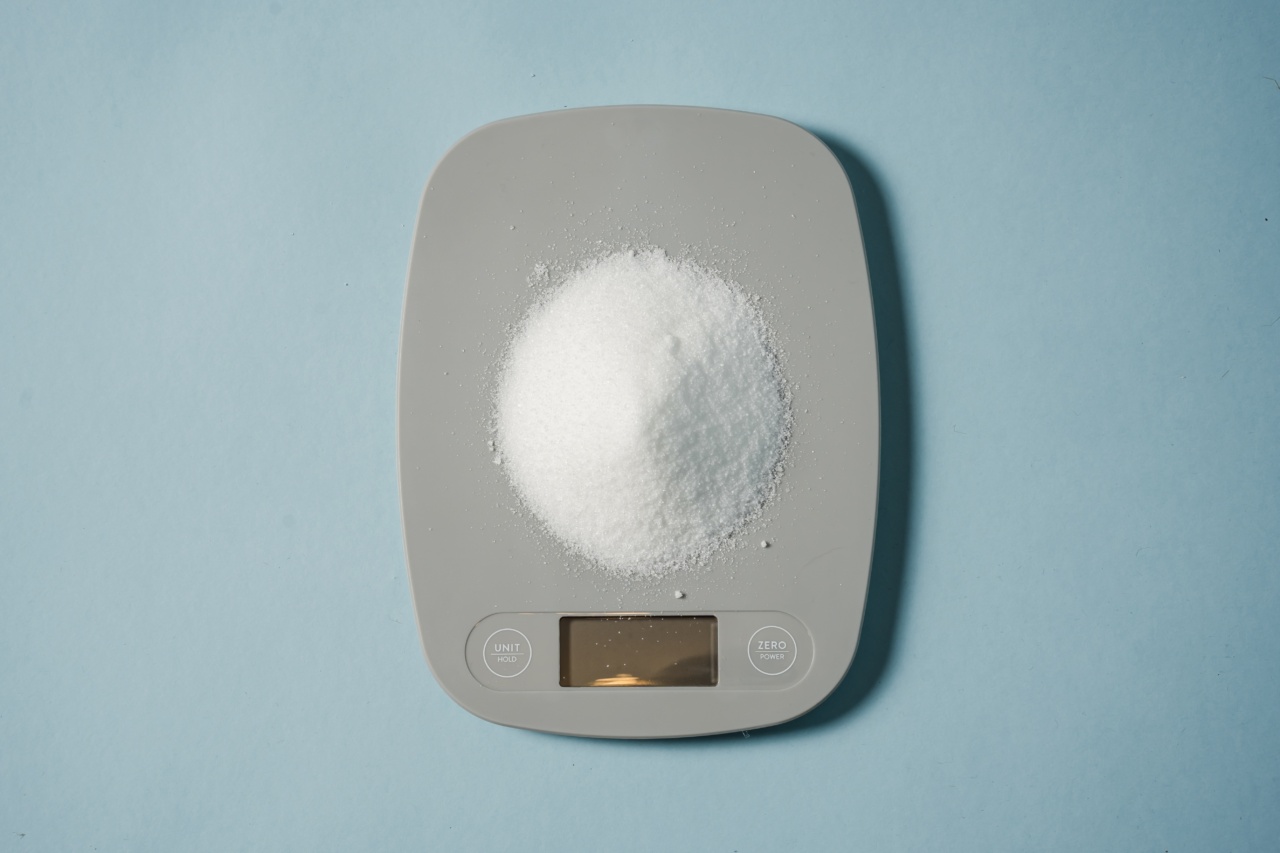In today’s fast-paced world, where processed and sugary foods have become an integral part of our diet, controlling blood sugar levels has become a crucial aspect of maintaining overall health.
One effective tool that can help in this endeavor is the Glycemic Index (GI). The GI is a system that ranks food based on how quickly they raise blood sugar levels.
What is the Glycemic Index?
The Glycemic Index (GI) is a numerical value assigned to carbohydrates in food, indicating how quickly they affect blood glucose levels compared to pure glucose. Glucose has a GI value of 100, serving as the reference point.
Foods with a high GI are rapidly digested and absorbed, causing a quick spike in blood sugar levels. On the other hand, foods with a low GI are digested and absorbed slowly, resulting in a slower and more gradual increase in blood sugar levels.
How is the Glycemic Index Determined?
The GI value of a food is determined through various scientific studies and research. Typically, these studies involve a group of people consuming a specific amount of the test food and their blood sugar levels are measured over time.
The results are then compared to the same group consuming a control food, usually glucose or white bread. Based on the blood sugar response, the GI value is assigned.
The Benefits of Using the Glycemic Index
Incorporating the GI into your meal planning can have several benefits, especially for individuals with diabetes or those looking to control their blood sugar levels:.
1. Blood Sugar Control
By choosing foods with a low GI, you can regulate blood sugar levels more effectively. Low GI foods help prevent sharp spikes and crashes in blood sugar, providing a more stable and sustained source of energy.
This is particularly important for individuals with diabetes, as controlling blood sugar is key to managing the condition.
2. Weight Management
Foods with a low GI tend to be more satiating and keep you feeling fuller for longer periods. This can aid in weight management as it reduces the likelihood of overeating or constant snacking.
Additionally, low GI foods are generally less energy-dense, meaning they contain fewer calories per gram, making them a good option for those trying to lose or maintain weight.
3. Improving Heart Health
High GI foods can cause a sudden surge in blood sugar levels, leading to an increased production of insulin. Over time, this can contribute to insulin resistance, a risk factor for heart disease.
By consuming low GI foods, you can help to reduce the risk of developing insulin resistance and its associated complications.
4. Better Sports Performance
The timing and quality of carbohydrates are crucial for athletes and individuals engaging in regular physical activities. Consuming foods with a moderate to high GI before exercise can provide a quick source of energy.
On the other hand, after a workout, opting for foods with a lower GI can help replenish glycogen stores more gradually, promoting better recovery and sustained energy levels.
5. Diabetes Management
For individuals with diabetes, the glycemic index can be an extremely useful tool. By knowing the GI of various foods, they can make informed choices about what to eat and when.
High GI foods can be consumed in moderation or paired with low GI foods to help balance blood sugar levels and prevent sharp spikes or drops.
Using the Glycemic Index in Practice
While understanding the concept of the GI is important, incorporating it into your daily life may seem challenging at first. Here are a few practical tips to help you make the most of the GI:.
1. Choose Low GI Foods
Opt for whole grains like quinoa, barley, and whole wheat, as they have a lower GI compared to refined grains. Choose fruits and vegetables that are less sweet, such as berries, greens, and broccoli.
Legumes, such as lentils and chickpeas, are also excellent low GI options.
2. Balance Your Meals
Combining low GI foods with proteins, healthy fats, and fiber-rich foods can further slow down the digestion and absorption of carbohydrates.
For example, pair a sweet potato (low GI) with grilled chicken (protein) and steamed vegetables (fiber) for a well-balanced meal.
3. Be Mindful of Portion Sizes
Even low GI foods can cause a rise in blood sugar if consumed in large quantities. Monitor your portion sizes and pay attention to how your body responds to different foods.
4. Cook and Prepare Food Wisely
How you prepare your food can also affect its GI. For example, cooking pasta “al dente” (firm) makes it less digestible and lowers its GI. Similarly, combining vinegar or lemon juice with high GI foods can help lower their overall GI.
5. Read Food Labels
Many pre-packaged foods now include GI information on their labels. Familiarize yourself with labels and choose options that align with your dietary needs and goals.
Conclusion
The Glycemic Index is a valuable tool for those seeking to manage their blood sugar levels effectively.
By understanding the GI values of different foods and making informed choices, individuals can promote better blood sugar control, weight management, heart health, and sports performance. Incorporating low GI foods into a well-balanced diet can have a positive impact on overall health and wellbeing.






























